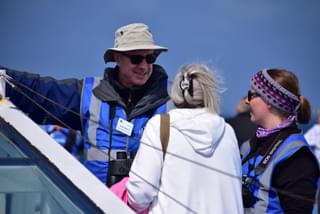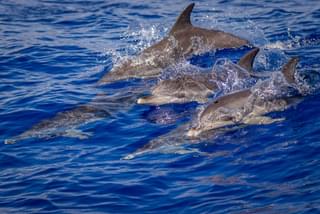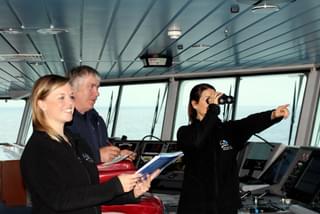White-beaked dolphin
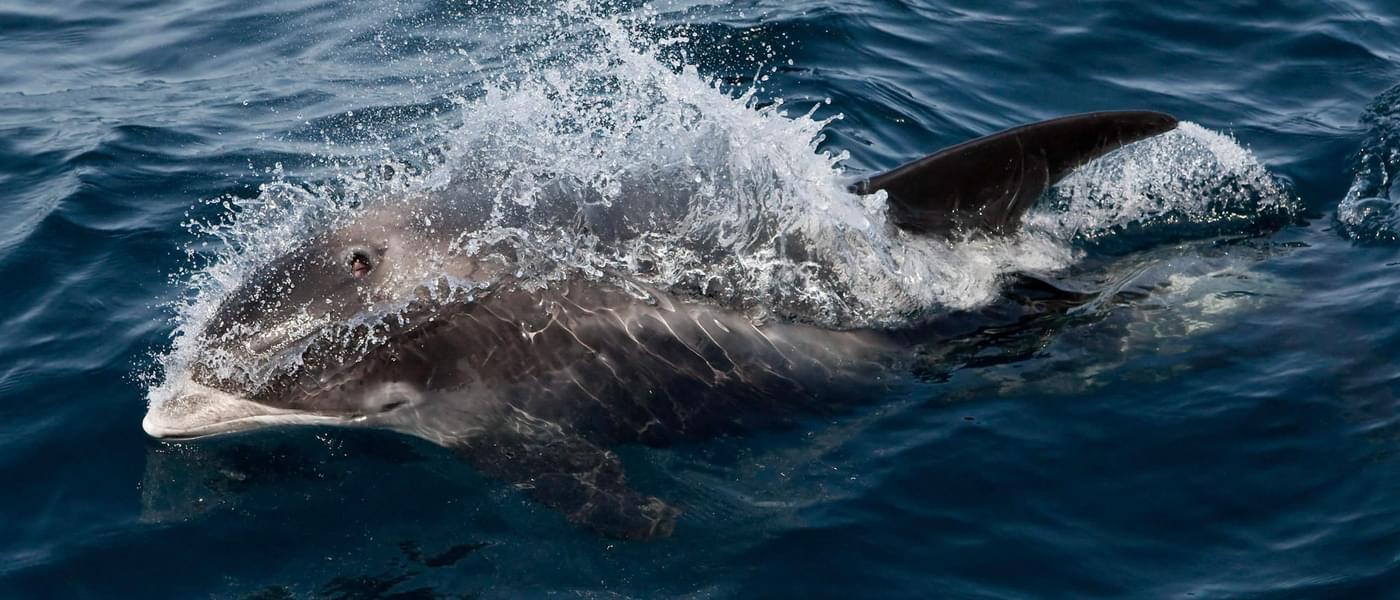
Lagenorhynchus albirostris
2 - 3m
Grey
Teeth
Dorsal fin
White-beaked dolphins are relatively large robust dolphins with a distinct colouring. They have a small obvious beak, but it’s not always white. They have white underbellies as far back as the tailstock, and a pale grey saddle patch behind the tall dorsal fin. Their most useful identification feature is the white and pale grey markings on their flanks (sides), the most distinctive being a pale grey area theat extends from the dorsal fin towards the tail stock, giving the impression of a 'saddle patch'.
Key features:
- Short, white beak - not always fully white
- Tall, black, curved dorsal fin
- White blaze from tailstock towards head, Dark cape from head to below dorsal fin
- Powerful swimmers, porpoising and breaching
Behaviour
White-beaked dolphins are fast, powerful swimmers which can be very active bow riding and swimming in the wake of ships. They are sociable animals and are sometimes seen with bottlenose dolphins particularly within the North Sea. White-beaked dolphins are typically seen in small groups of up to 20 individuals.
Threats
The major threats towards white-beaked dolphins include entanglement in fishing gear, being caught as bycatch and the overfishing of their prey. They have also been hunted in the past for meat in Norway, Faroe Islands and Greenland.
Distribution
The white-beaked dolphin is confined to the cool temperate and subarctic waters of the North Atlantic, preferring shelf waters around the Scottish coast and North Sea. ORCA's data from 2006-2015 suggests a seasonal occurrence of white-beaked dolphins within the North Sea, with encounters peaking in July and being seen more commonly inshore than offshore.


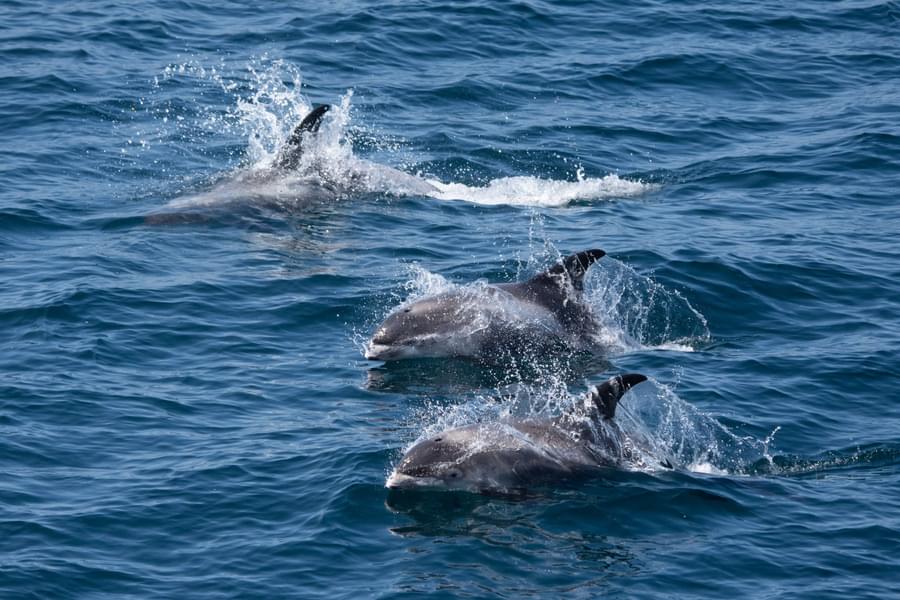
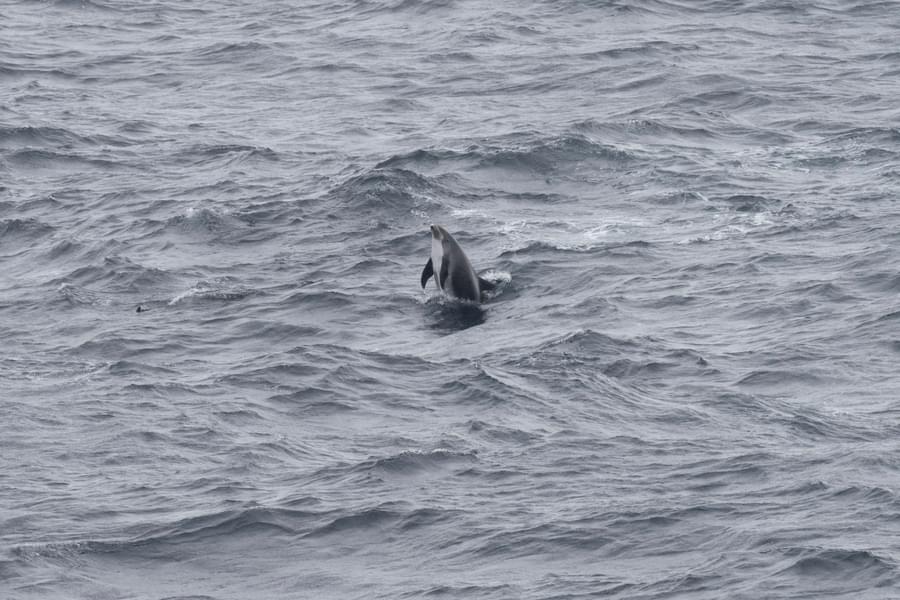
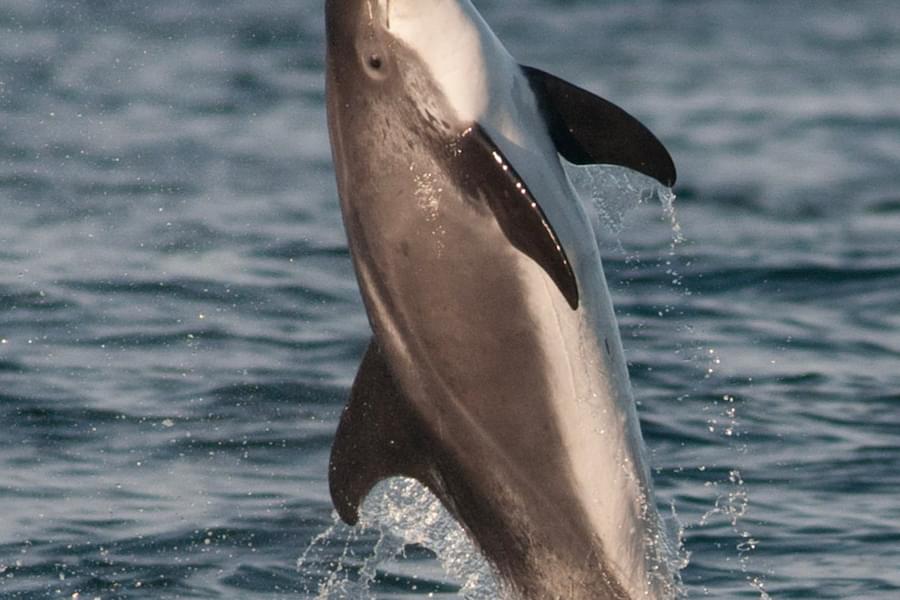
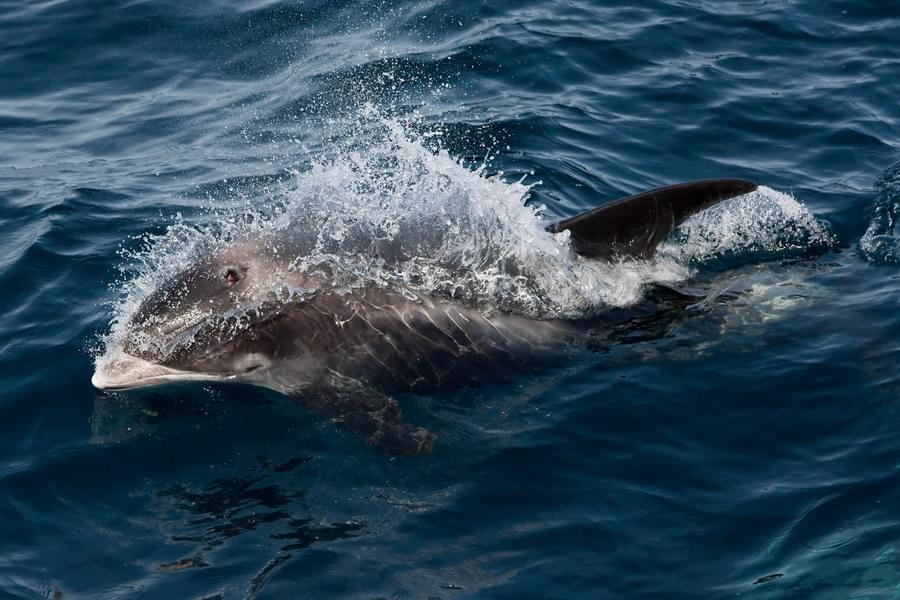
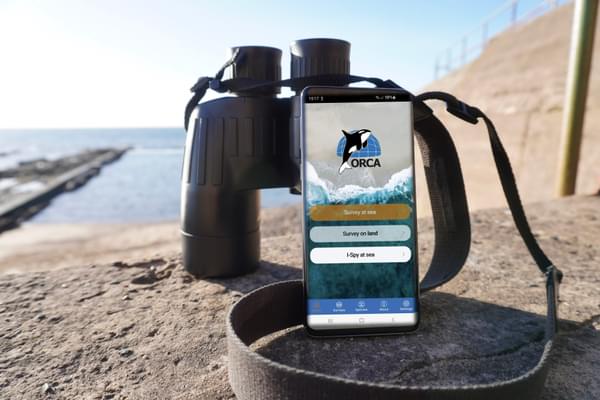
Study whales and dolphins as an ORCA OceanWatcher
The ORCA OceanWatchers online training course, along with a bespoke app, will enable everyone to collect data about whales, dolphins and porpoises. And it can be collected from anywhere that you can see the sea - whether that’s from your local beach, on holiday at the coast, scanning the seas from a cruise ship, travelling via ferry, or from your own boat.
You may also be interested in

